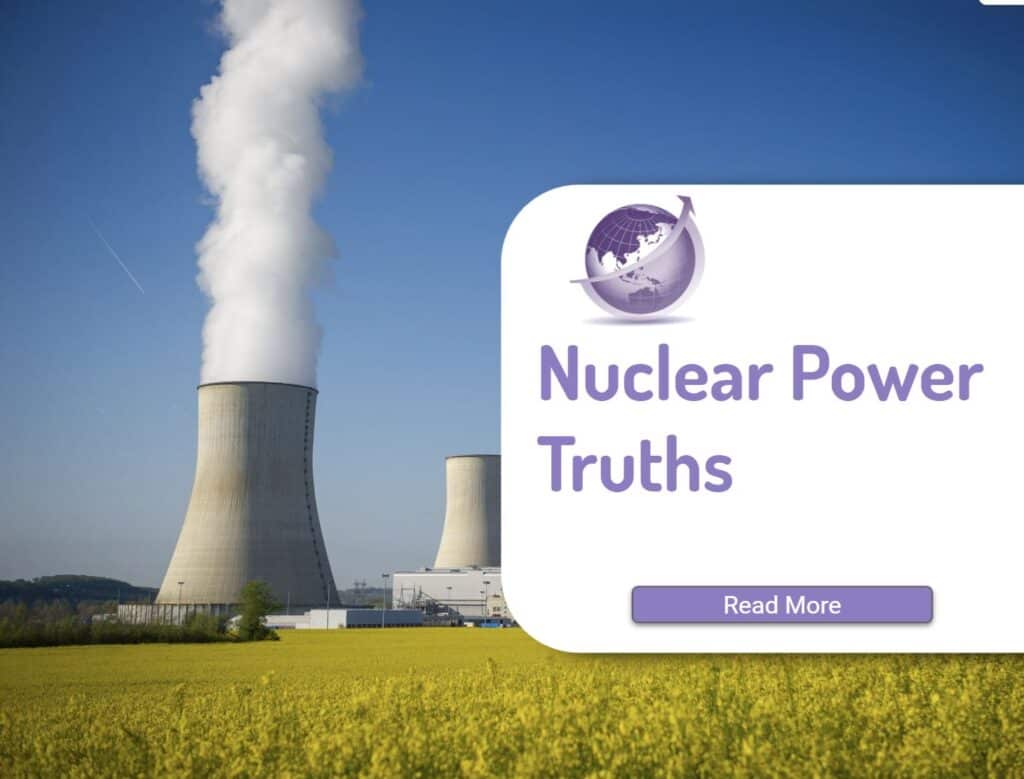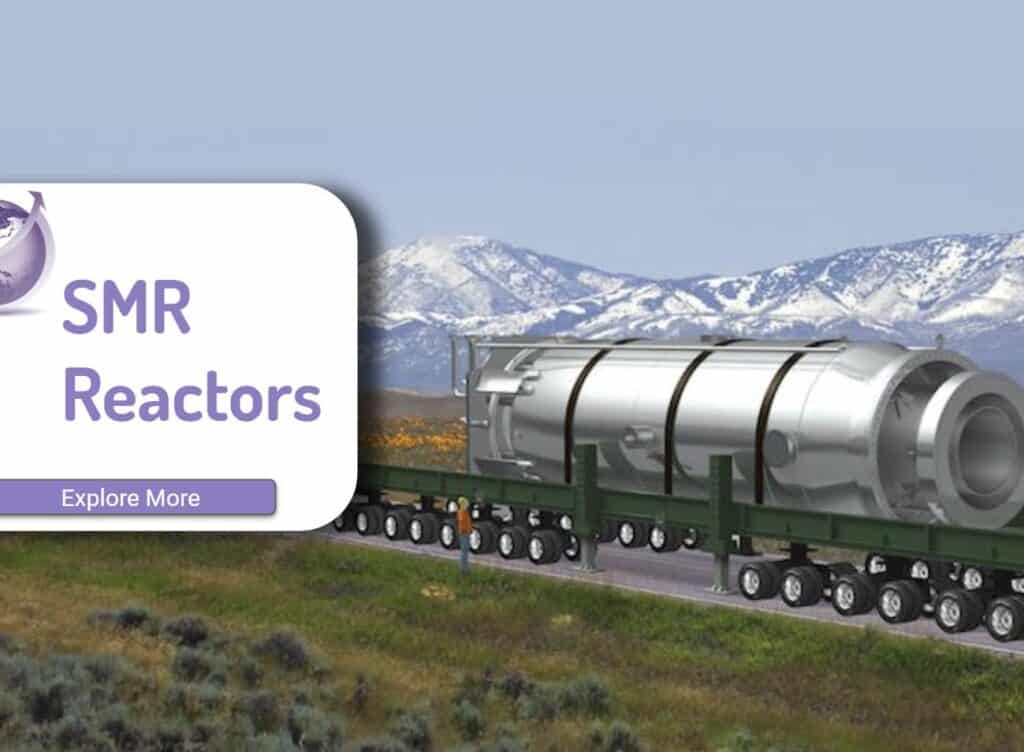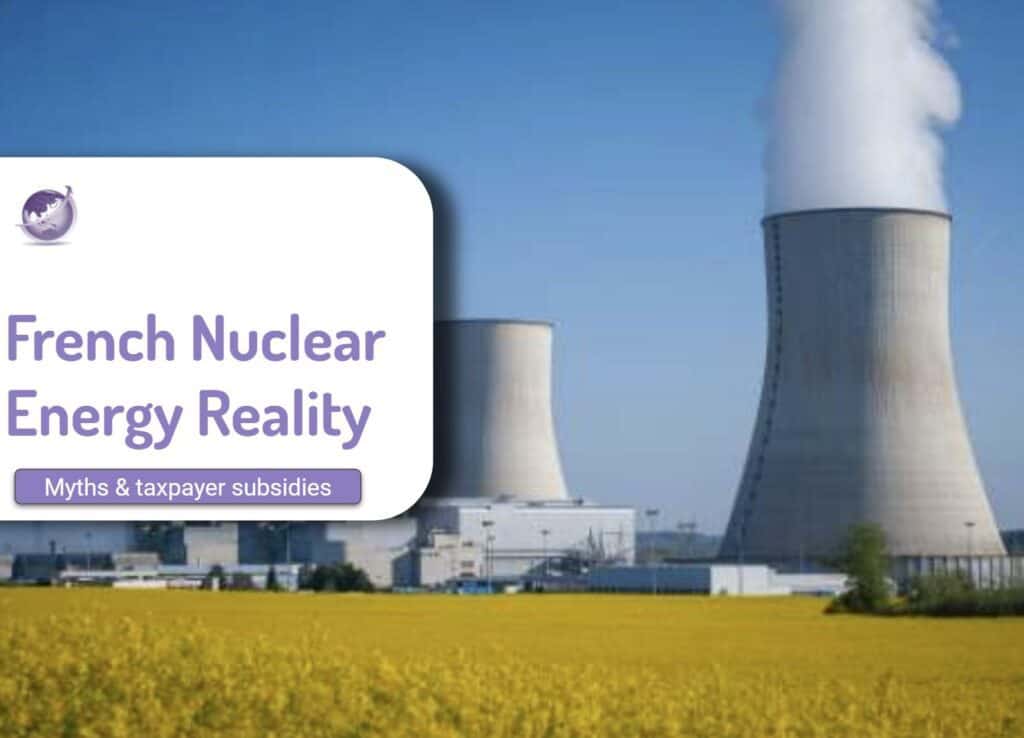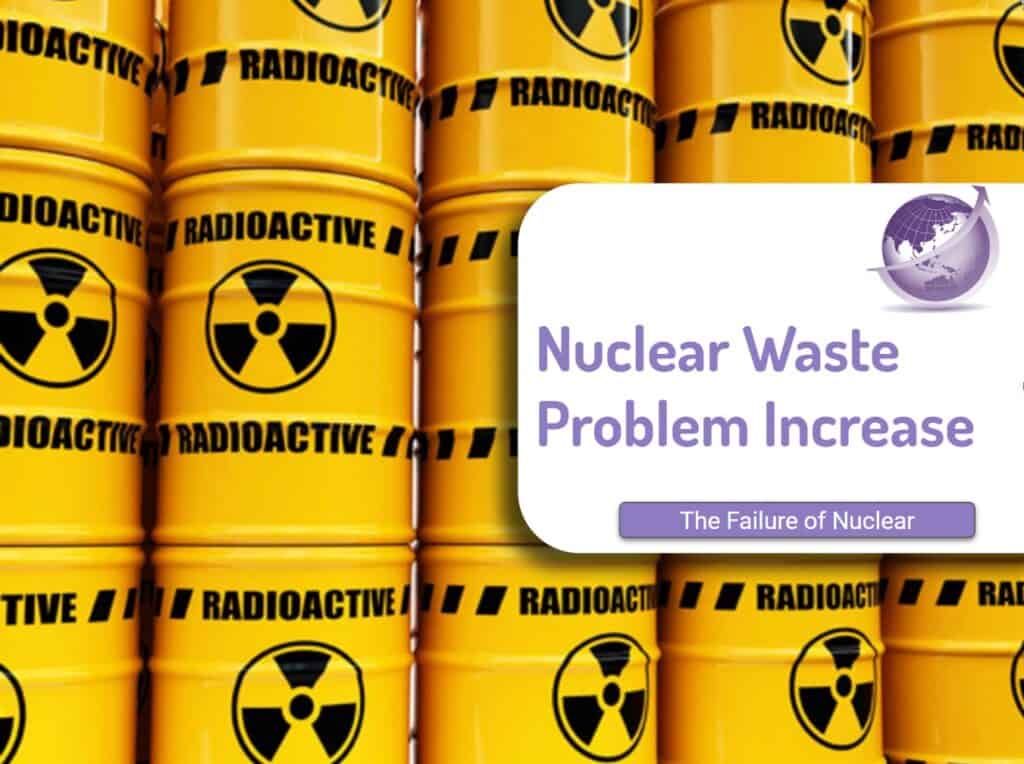The pro-nuclear lobby say the Barakah UAE Nuclear plant is a poster plant for how nuclear plants could be. Questions do get raised about the Hinkley C plant in UK at over 4 times the original cost and 17 years late commissioning. Yet the Barakah has many of the same issues.

Construction faced several issues during development.
1. Delays:
- Planned to be operational in 2017, the first reactor only started commercial operations in April 2021. Subsequent units have followed. The delay resulted in significant cost overruns, estimated to be in the billions of dollars. (No disclosure)
2. Quality Assurance Concerns:
- Construction quality and materials used have reports of faulty welds and inconsistencies in safety protocols. These issues led to investigations and delays in construction.
3. Cracks in Containment Buildings:
- Cracks were discovered in the containment buildings of all four reactors during construction. While repaired, these incidents raised concerns about the overall structural integrity of the facilities. The site does not have a containment pan. If a leak were to happen, the whole of the Gulf waters would be at risk.
4. Lack of Transparency:
- The UAE government faced criticism for its lack of transparency in dealing with construction issues and safety concerns.
5. Geopolitical Concerns:
- The development of nuclear power in the region raises concerns about proliferation and potential misuse of nuclear technology. This issue adds another layer of complexity to the project and its potential risks.
Notwithstanding, the Barakah plant operates under the oversight of the UAE’s Federal Authority for Nuclear Regulation (FANR) and the International Atomic Energy Agency (IAEA). The plant has undergone extensive safety tests and is considered to be in compliance with international safety standards.
Using as a Poster Child
Labour Costs
Tempting to use the plant as a poster child, the costs of labour highlight the role of migrant workers. There were concerns raised during construction but the 18,000 migrant workers are paid about $US200 pm.
In comparison the USA minimum wage is $7.25 per hour on the Federal award. If we use $US15 ph or $2400 per month, as some states have minimum wages up to $15. In comparison,. the Australian minimum wage is $AU23.23 or $US15.
Whichever, the labour costs would be 7 times what the UAE and other gulf states pay migrant workers.
Finance and Social License
UAE also had a lower Weighted Average Cost of Capital (WACC) via sovereign wealth.
They were able to site the plant in barrens ~50km from the nearest sensitive receptor (residential, agriculture) easing their EPZ (Export Processing Zone) demands.
Labour, finance and social license are nearly impossible to replicate in an advanced economy.
UAE Nuclear Plant Emissions
Due to delay in construction, emissions from the Baraka plant versus Denmark or Portugal would not be equivalent. However those countries made $14 billion from energy produced. And saved the emissions

Comparison of Cost Vs Western Reactors
| Site | Size (GWh) | Announced | Build Start | Planned Finish | Finish | Initial Cost | Final Cost (b) | Cost 1GW in $AUD |
|---|---|---|---|---|---|---|---|---|
| Flamanville, France | 1×1.6 = 1.6 | 2004 | 2007 | 2012 | 2024 | €3.30 | €13.30 | 13.6 |
| Hinkley C, UK | 2×1.6 = 3.2 | 2010 | 2017 | 2023 | 2031/3 | £8 | £33 | 19.6 |
| Georgia 3&4, USA | 1 x 1.25=2.5 | 2006 | 2009 | 2016/7 | 2024/5 | $US14 | $US35 | 21.2 |
| Barakah, UEA | 4 x 1.4=5.6 | 2007 | 2011 | 2017 | 2024 | $30 | $24 | 4.4 |
- Costs are in billions.
- Costs and timeframes from Wikipedia, Nuclear Association, various.
- UK costs are in 2015 terms. Total cost in 2031 would be 48 billion
- Barakah – migrant labour at $200 per month. Minimum wage in western countries is >$US2400 per month.
Weighted Cost of Capital – using sovereign funds.
The plant does not have a surface pan.
The plant is >50km from the nearest sensitive receptor (residential, agriculture) easing EPZ (Export Processing Zone) demands.
Conclusion
Barakah was a failure: cost more than planned, took longer than planned, and killed Korean foreign nuclear construction. No further reactors have been commissioned, and the UAE has pivoted to solar.
It cost $6/W using migrant (“slave”) labour, costs an additional $1/W /year in operational expenses, and doesn’t even make economic sense, given the country was entirely powered by burning oil and gas.
The labour, finance and social licenses are nearly impossible to replicate in an advanced economy.
It is a very expensive way to displace generation which could have been done 20x more efficiently just by building lots of PV solar. You don’t need firming or storage when you’re already burning oil.









